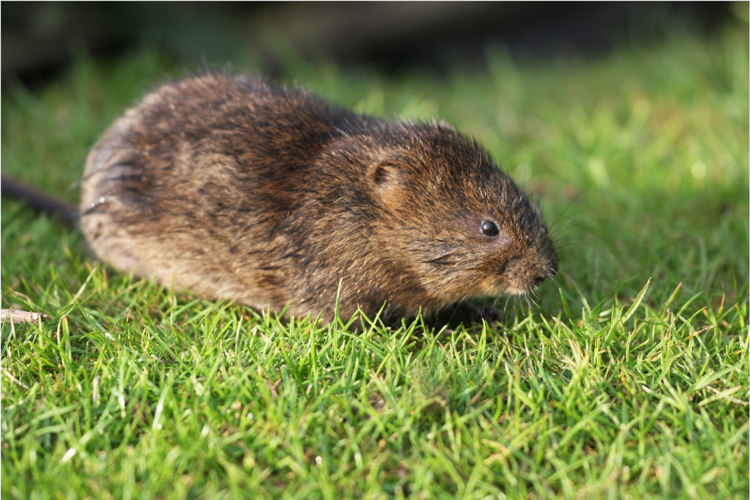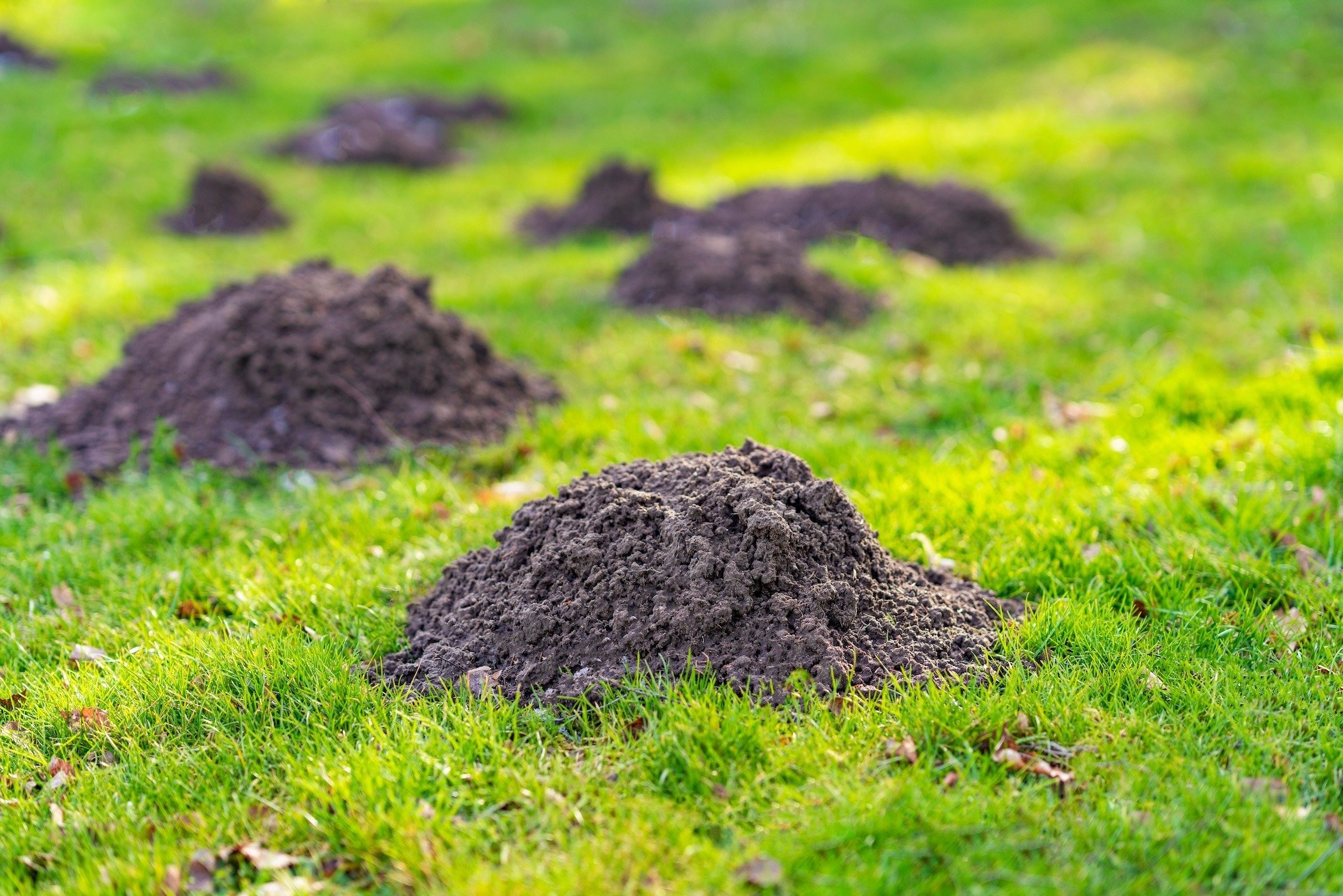Vole Lawn Damage Solutions: Effective Control Methods
Vole Lawn Damage Solutions: Effective Control Methods
Blog Article
Comprehensive Guide to Reliable Vole Parasite Control: Invasion Recognition and Treatment Techniques
In the realm of effective bug control, vole invasions position an one-of-a-kind challenge that requires a tactical technique. These little rodents, usually incorrect for computer mice, can unleash chaos on yards, yards, and plants if left uncontrolled. Identifying the signs of vole presence and implementing targeted treatment techniques are essential parts of a successful bug monitoring strategy. By exploring the nuances of vole behavior, recognizing key indicators of problem, and assessing a variety of control alternatives, one can create a detailed method to deal with these evasive pests.
Comprehending Vole Behavior
Vole behavior is defined by their delving habits and quick recreation prices, making them a challenging parasite to manage efficiently. Their quick reproductive rate further makes complex control efforts, with ladies capable of producing several clutters in a single year, each having a number of children.
Understanding vole actions is crucial for efficient bug control strategies. By determining their burrow areas, keeping an eye on feeding locations, and carrying out targeted control approaches, such as capturing or environment alteration, vole infestations can be managed efficiently.
Signs of Vole Invasion

Prevention Strategies
Implementing efficient avoidance approaches is important in minimizing vole infestations and safeguarding vegetation from their damaging feeding routines. To stop vole invasions, it is important to start by eliminating possible food resources and sanctuary.
Consistently inspecting the home for indicators of vole task, such as runways and delve openings, is vital for early detection and prompt action. If vole activity is suspected, think about utilizing repellents or traps tactically positioned near their paths. Employing natural predators like owls or serpents can likewise assist maintain vole populaces in check. By applying a mix of these prevention homeowners, gardeners and methods can successfully shield their greenery from vole damages.
Non-Lethal Control Methods
To properly manage vole populations while focusing on humane techniques, non-lethal control approaches use sensible solutions for minimizing vole damage in landscapes and gardens. One effective method is making use of physical obstacles such as equipment fabric or cord mesh to protect prone plants. These obstacles can be hidden at least 12 inches deep and bent at a 90-degree angle to avoid voles from delving beneath. Additionally, habitat alteration can discourage voles by reducing their favored food resources and concealing spots. Preserving a well-mowed lawn, removing particles, and maintaining vegetation trimmed can make the atmosphere less Read More Here enticing to voles.

Lethal Control Options
One effective approach for attending to vole invasions in landscapes and gardens involves the strategic use lethal control choices. When confronted with an extreme vole infestation that non-lethal methods have fallen short to consist of, executing deadly control measures ends up being essential. One frequently employed deadly control choice is using breeze traps. These catches are made to promptly and humanely eliminate voles upon activation, making them a prominent option for lots of garden enthusiasts and landscaping companies. To increase the effectiveness of breeze catches, it is advised to place them in areas where vole activity is high, such as along paths or near burrow entries. One more lethal control option is the use of poisonous lures specifically formulated to target voles. These lures contain toxin that is ingested by the voles, bring about their eventual demise. Nonetheless, care should be exercised when using harmful lures to avoid harm to non-target pets or animals. In general, when employing dangerous control alternatives, it is important moved here to do so sensibly and in conformity with neighborhood laws to properly take care of vole infestations.
Conclusion
To conclude, reliable vole pest control calls for an extensive understanding of vole behavior, recognition of signs of invasion, implementation of avoidance methods, and use of both non-lethal and lethal control approaches. By combining these approaches, people can efficiently take care of vole populaces and safeguard their building from damage. It is necessary to deal with vole invasions without delay to avoid more problems and decrease the influence on the surrounding environment.
Given the elaborate passage systems and rapid recreation prices particular of voles, recognizing the signs of vole problem becomes important in efficient insect control. One of the key indicators of vole visibility is the visibility of surface area runways or tracks in lawn or snow, generally regarding 1-2 inches wide, created as voles take a trip in between their burrows and food sources.To successfully manage vole populations while prioritizing Website gentle approaches, non-lethal control methods offer practical services for reducing vole damages in landscapes and gardens.One effective technique for resolving vole problems in yards and landscapes includes the calculated usage of lethal control alternatives. vole yard damage.In conclusion, reliable vole parasite control requires a comprehensive understanding of vole behavior, identification of indications of infestation, execution of prevention strategies, and use of both non-lethal and deadly control approaches
Report this page